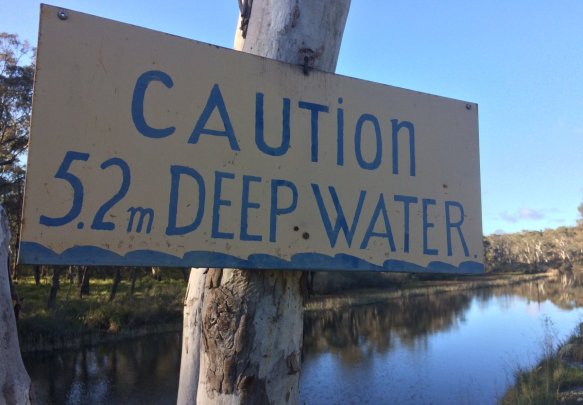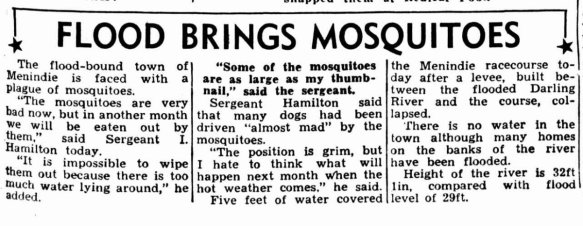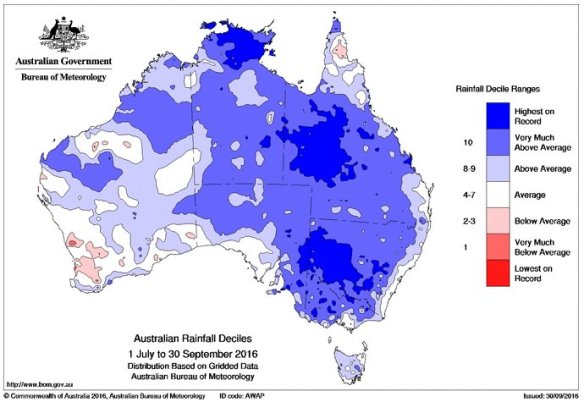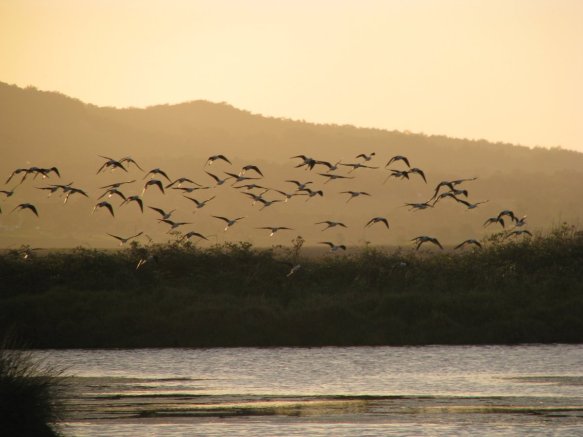
“Webb’s a mosquito researcher with NSW Health Pathology, and while it may sound like potentially the worst job in the world to the rest of us, it’s important work.” – Ten Daily, 14 Jan 2019.
Every summer I’m required to juggle those pesky mosquitoes and help out with requests from media. Over the past 6 months or so I’ve responded to about 70 media requests and here is a round up of some fun highlights and other bits and pieces.
There was a wide range of media requests this summer, from morning TV through to talkback radio, podcasts and live interviews via Skype. There was once a time when the only acceptable way to do a radio interview was via landline connected phone. This summer I did interviews via mobile, Skype, and various smartphone apps! Times are a changing.

A fun segment on Channel 7’s ‘Sunrise’ breakfast show on why mosquitoes bite some people more than others; always a challenge taking in a cage a live mosquitoes to the studio, especially travelling in via public transport!
—
A hot and dry summer must mean less mosquitoes, right?
The outlook for the 2018-2019 “mosquito season” was for it to be fairly routine. The Bureau of Meteorology was predicting a hot and dry summer under the influence of El Nino. At the time I wrote a piece for The Conversation highlighting that just because it was dry, that didn’t mean we wouldn’t see plenty of mosquitoes.
In coastal regions of Australia, tidal flooding of local wetlands often offsets any impact due to lack of rainfall. Mosquitoes such as Aedes vigilax certainly respond well and there were some very high mosquito numbers recorded in early spring. Usually, the media interest in mosquitoes starts increasing once the politicians break for the summer, this year there was plenty of interest early on!
NSW Health also issued a media release to get the community thinking about the potential mosquito impacts ahead of the summer holiday period and asked me to be the spokesperson. These warnings often prompt a different range of media interest, usually news bulletins for radio. Unlike the traditional radio interviews in which you’re responding to the host’s questions, only “grabs” (short statements regarding the topic) are required. I’ve learned there is a fine art to being concise in these statements and it pays to give some thought to what you’ll say ahead of calling up the news desk!
Some of the media coverage in early summer was less about bites and more about why mosquitoes disturb your sleep! I spoke with Channel Ten about how you can beat these bedroom buzzers! Here are some tips on beating the buzz of mosquitoes in the bedroom.
These concerns about mosquitoes in the bedroom prompted questions about the suitability of mosquito coils as a person protection measures. I’d written about this issue before but there was also some media coverage at the Daily Telegraph and Sydney Morning Herald.
There was also a funny segment on The Project:
—
Warm weather, warm blood, and hungry mosquitoes
As summer kicked in, I did a bunch of “pre-season” interviews about the outlook for the mosquito activity ahead. One of them was with the Sydney Morning Herald. There was also a piece in Illawarra Murcury on the mosquitoes around Newcastle. I even chatted with ABC Illawarra about the mosquitoes bringing in the new year along the NSW coast. I also chatted with the team at the Daily Mail. Also the Daily Telegraph.
Once summer really hit (and the mosquitoes really started biting following heavy rains), everyone’s mind turned to one of the most commonly asked questions….why do mosquitoes bite me more than my friends? You can check out my contribution to a story by ABC Science below:
The usual coverage of mosquito impacts during the Australia Day holiday also popped up. Will my diet influence the likelihood of being bitten? I spoke with Channel Ten. The University of Sydney media team also put out a piece on why what you eat or drink makes not difference when it comes to stopping mosquito bites. A story picked up and republished by ABC News.
—
Combining fieldwork and media requests
“Ballina council is calling in an expert to hunt for some ladies – Medical Entomologist Dr Cameron Webb will visit the area next week in search of blood sucking girls.” – EchoNet Daily, Ballina
While undertaking some work for Ballina Shire Council on the NSW far north coast, I helped out managing a few media requests associated with local mosquito problems and the work of council. It was fun squeezing in some print, TV, radio, and social media activities between the work in the wetlands.
I also participated in a “Q and A” on the Ballina Shire Council Facebook page where residents could ask questions about how best to protect themselves from mosquitoes. See here.
Mosquito-borne disease in the city
The detection of Ross River virus in mosquitoes around Sydney sparked some additional interest from media (and anxiety from local community). Coverage in Sydney Morning Herald here. It prompted me to write an article about what the actual health implications were of finding the pathogen in a heavily urbanised areas such as the Parramatta River compared to the more bushland dominated Georges River.
The issue of wildlife and their role in urban transmission cycles of Ross River virus is always a tricky one. How do you balance wildlife conservation and mitigation of health risks? Together will colleagues I wrote about this at The Conversation.
The media coverage of the Ross River virus detection provided an opportunity for NSW Health Pathology to share some insights into how we research local mosquitoes and the pathogens they’re carrying. See below for a short video from the mangroves along the Parramatta River.
Did you know we monitor mosquitoes around the state to provide public health advice to @NSWHealth? Here’s our mozzie guru @Mozziebites (Dr Cameron Webb) explaining how we do this important work! pic.twitter.com/zpCTs7p3DL
— NSW Health Pathology (@NSWHPathology) January 10, 2019
—
Declining insects, increasing mosquitoes, and the need to spray our backyards
One of the other stories bubbling along during the last year or so were the reports of declining global insect populations. I first spoke to the media about this issue back in early 2018. I was quoted in a couple of other stories too, clearly there was a lot of interest in this issue. This story gained plenty of attention and I spoke with various radio and print media about this challenge were facing with potential insect declines and how we can measure them. I even wrote an article about whether mosquitoes may be in decline too!
I spoke about this issue, and more generally about mosquitoes on an episode of the Science on Top podcast too.
There has been suggestions that insecticides may be contributing to declining insect populations. Earlier in the year, I was one of the coauthors of a paper that called for the need to better understand integrated pest control in our cities and become less reliant on insecticides. There was also an associated article at The Conversation. This was also republished at Domain.

—
Floods in the north, floods in the south
The incredible flooding around Townsville in far north QLD created some major concern. Despite some initial concerns about increased mosquito risk, there weren’t any substantial increases in mosquito-borne disease reported. I spoke to ABC News about the potential risks.
The flooding that did trigger a big boost in mosquito numbers occurred in SE QLD and northern NSW. Local wetlands were inundated by tides and rain, resulting in some phenomenal numbers of mosquitoes in early autumn. I spoke to ABC and Great Lakes Advocate about the climatic factors that triggered this unusual mosquito activity.
Everyone was on weather watch late in the season too. A few extra downpours prompted concerns about more increases in autumn mosquito populations. I spoke with Sydney Morning Herald after a particularly wet weekend in March.
Finally, I helped the Australian Academy of Science make a video exploring why mosquitoes bite and how to stop them!
—
Join the conversation on Twitter, did you catch me talking mosquitoes this summer? Did it help you protect your family from mosquito bites?
—




